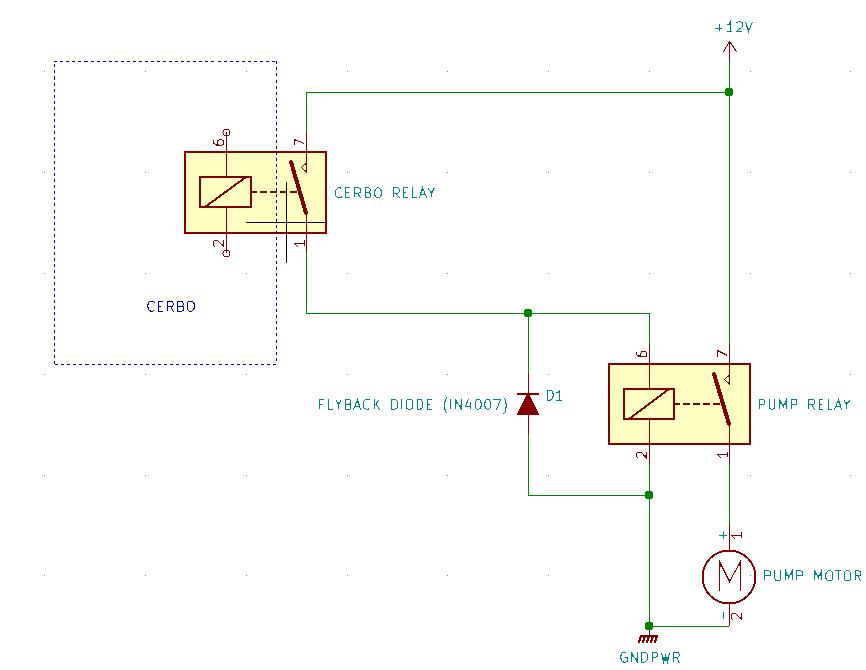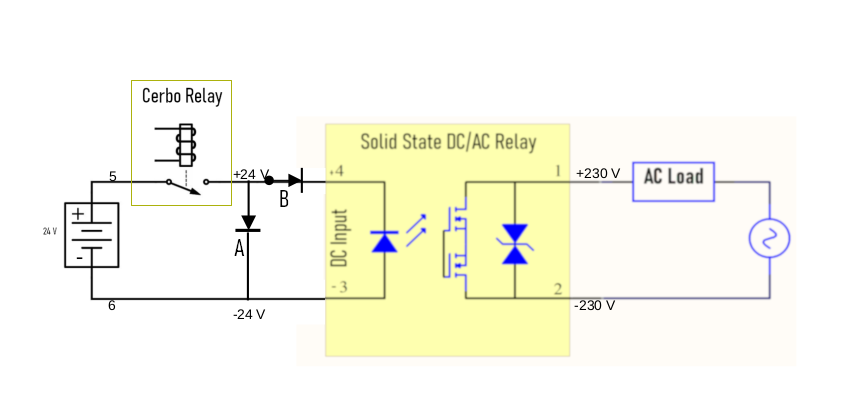Hello Everyone,
I just got a Cerbo up and running and the thing is so fun and I can't stop wanting to hook up things to it. The problem is I dont really know enough about things to feel confident in hooking everything up. I have read a lot of posts about digital inputs and sensors and it seems like they either arent answered or the answers are rocket science. So I'm hoping this post will be a dummies guide to everything. We all have these questions and so lets all make a resource thats easy to understand.
I currently have 3 MPPT systems, 150/70, 100/50 and 100/30, connected via VE Direct and a BMV-712 connected via VE Direct to USB.
I added a GPS via USB, GlobalSat BU-353-S4 USB GPS Receiver and that was plug and play and showed right up.
I've ordered three Victron temperature sensors, Victron Energy ASS000001000 Temperature sensor QUA/PMP/Venus GX. I'll be using one for the battery, one for room temp and one for outside temp. Those look to be plug and play but get mixed reviews. Does anyone know what other temperature sensors could used instead of the Victron? Are there better ways to get room and outside temp? Can I extend the temperature sensor leads by soldering on longer wire? Will that kill whatever resistance or whatever its using to get the signal.
I've also researched tank level sensors and the only ones I can find are the resistive level senders that mount from the top of the tank. I ordered a KUS Boat Fuel/Water level Tank sensor for the water tank and a Kus Boat Black Water Level Sensor / Holding Tank Sending for the grey tank. Are there any better options that you guys have found? There doesnt seem to be much out there for resistive sensors.
Here is where I'm stuck. I'd like to be able to control my water pump from the Cerbo. Theres a place on the display where I can turn the pump on and off. I think this is the tank pump function in the settings. All I can figure out is that I can use the Relay 1 for this but I dont know what kind of relay to buy or how to wire it properly so that it doesn't cause problems. I already have the pump wired separately to the battery bank but theres no switch so I would like to cut in the relay and send it a signal. The pump uses 7.5A 12v and its a 12v system.
Ok now Digital inputs. How do a set up a smoke alarm, CO2 alarm or a door alarm? How do I control the bilge pump? I dont understand how the digital inputs works. What sensors work for these? What should I be searching for to find sensors that work? I dont want to use NMEA or Modbus.
Thanks for any help you can provide. Hopefully we can all figure out the best ways to set these up.


